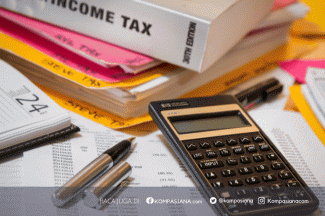Whenever someone talks about trading forex, one thing that automatically pops into mind is profits, where you buy low, sell high, and make money.
Seems easy, right?
But the reality is that there are a lot of hidden costs in every trade, which most people do not understand. And underestimating these costs can quietly eat into your profits. So, no matter you are an expert or someone just beginning to trade forex, knowing the true cost of trading can help you make smarter decisions and avoid unpleasant surprises.
In this blog, we will break down all of these in simpler terms.
Hidden cost of Spreads
The spread is the difference between the buying price (ask) and the selling price (bid) of a currency pair. And, this is how most brokers make money.
Let's understand this with an example:
Say that you are trading EUR/USD and it is quoted at 1.1010/1.1012, then the spread is 2 pips. And this means as soon as you enter the trade, you are starting off with a 2-pip "loss". Now, you have to earn at least 2 pips just to break even.
But why does spreads matter?
Here is why:
- Tighter spreads mean lower costs per trade.
- Spreads can widen during volatile news events or low-liquidity hours.
- The more frequently you trade, the more these small costs add up.
So even though spreads might seem small, they can have a big impact over time, especially for scalpers and day traders. Which is why it is important to go through the forex market guide before starting out.
Direct cost of Commissions
If you think that brokers make money only from spreads. Then you are wrong, as some of them charge a flat fee or commission per trade, especially on raw spread or ECN accounts.
